Photo by Alvaro Reyes from Unsplash
Minecraft, which is indeed a sandbox game with open-world exploration and creative freedom, has gone past its gaming side to become a multifaceted tool for educational use. Through Minecraft’s ability to create an immersive and interactive environment, educators are offered a distinctive arena in which they can teach a variety of subjects, including Math, History, and Science, in a more engaging and innovative way. This article will explore the Minecraft-based educational potential across these disciplines and look into how it might aid in the learning process for students.
How can Mathematics be taught with the use of Minecraft?
Many students think of math as a tricky subject, but Minecraft provides a compelling surrounding that reduces the work of learning math to a fun experience. The essence of Minecraft lies in the fact that its block-based structure allows students to act with mathematical concepts in a practical and illustrative way. This is how Minecraft can be employed to teach different mathematical topics:
-
1. Minecraft is a great tool for geometry and spatial reasoning. The app offers students a range of direct logical applications such as geometrical shapes, symmetry, and spatial features by building structures and designing landscapes within the game. Besides, students who have challenges in different academic areas can seek quick online term paper help. Students can apply concepts like volume, area, and angles when they build structures or discover the Minecraft world.
-
2. Minecraft also helps children with arithmetic and problem-solving. Minecraft’s resource management system helps students put into practice arithmetic operations as well as ratios and proportions to ensure that they exist and advance in the game. They can sum up all the needed resources, rule over inventories, and even make a deal with the non-playing characters (NPCs).
-
3. Minecraft can be used to analyze data. Minecraft’s Redstone system can be used to simulate electric circuitry, which allows for a meaningful discussion about data analysis and logic gates. Students are able to build up their knowledge of circuits, construct machines, and understand logical principles like AND, OR, and NOT gates.
History and Minecraft in the classroom?
It is often the case that history appears as a remote and abstract subject to students, but Minecraft can give them an opportunity to encounter and experience historical periods through time. Through recreating the historical sites, cities, and past civilizations, the history becomes real in the minds of the students. Accordingly, here is a way Minecraft can enable historical learning:
-
1. Minecraft can be used as an Architectural recreation tool. Pupils can build up their skills to work collectively and rebuild historical buildings such as the Pyramids of Giza, the Roman Colosseum, and medieval castles. This process will not only reveal the variety of architectural styles to them but also provide them with information on the historical context and the success of different civilizations.
-
2. Another aspect that Minecraft can be helpful with is role-playing and storytelling. The fact that Minecraft comes with a creative mode permits students to narrate historical stories and take the roles of historical figures. Simulations of certain events or debates can promote the understanding of the motivation of important figures during historical events.
-
3. Minecraft can be applied both to historical research and exploration. Using the virtual setting of Minecraft with its vast landscapes, students can partake in virtual journeys where they can discover various time epochs or ancient civilizations. They will be able to study historical sources, inspect artifacts, and embark on questions aimed at provoking historical inquiry and critical thinking.
In what way can students address Science issues via Minecraft?
Science education can accomplish greater heights by tapping into Minecraft’s in-depth virtual world. The game provides the chance for students to test out experiments, learn scientific phenomena, and apply problem-solving skills. This is how Minecraft can be a useful tool for science education:
-
1. Minecraft offers features for environmental science. The ecosystem in Minecraft is an arena for exploring ecological ideas and environmental problems. Students can dive into the topics of eco-friendly farming, renewable energy, and climate change or even imitate the effect of human activities on ecosystems.
-
2. Minecraft helps teach Physics and Engineering. Physics in Minecraft is simulated through the physics engine, which gives students a visual reference to the more abstract principles such as gravity, friction, and momentum. They can make and take apart machines of every complexity, play around with Redstone-powered devices, or virtually represent the real-life physics world.
-
3. Minecraft gives a good representation of Biology and Genetics. Minecraft’s enormous assortment of creatures and plants is an excellent tool for presenting topics in biology and genetics. Through exploration of the life cycles of animals, investigation of the principles of genetics, or even the creation of virtual ecosystems, students learn about the interdependent relationship between various organisms.
Minecraft’s dynamism fosters Math, History, and Science learning
Minecraft provides an interactive and engaging environment that has the potential to change Math, History, and Science education dramatically. Education can leverage the game’s creative and interactive aspects to create exciting and meaningful learning experiences that are interesting for students. Students can learn how to apply their critical thinking, problem-solving, collaboration, and creativity skills when they interact with topics through Minecraft. With constant advancements in education, Minecraft and other related tools can give teachers a way to enlighten and engage a new generation of students.

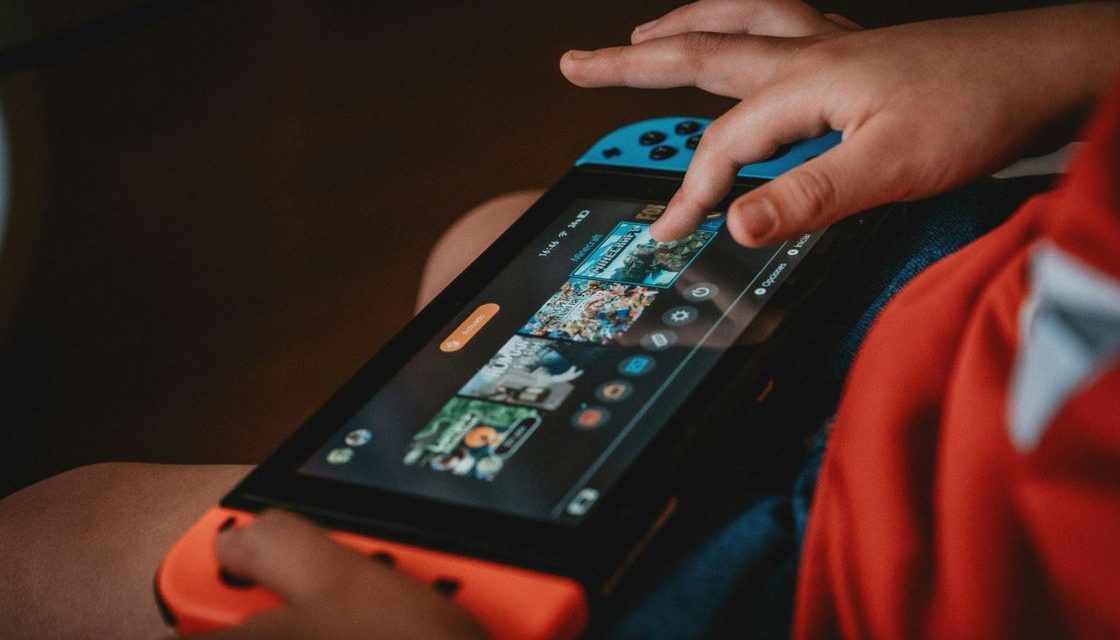
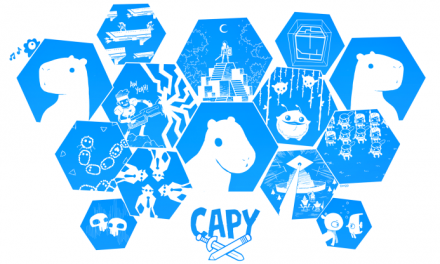
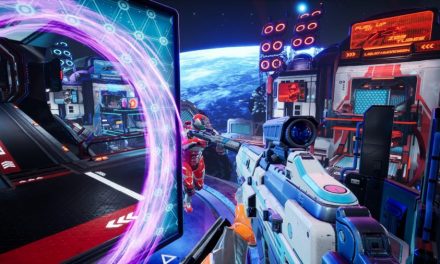
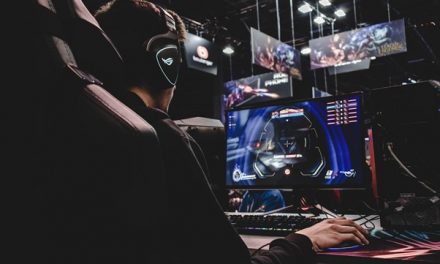
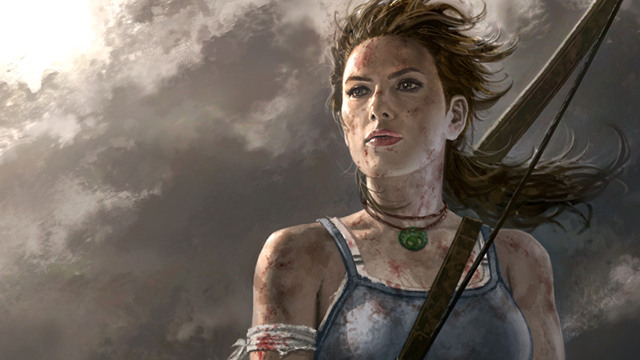


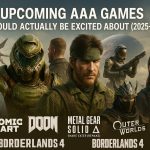
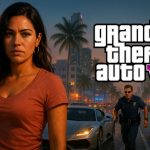
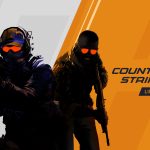
![[Leak] Pre-release Version of Concord Surfaces Online](https://vgleaks.com/wp-content/uploads/2025/06/Concord-pre-release-150x150.jpg)
